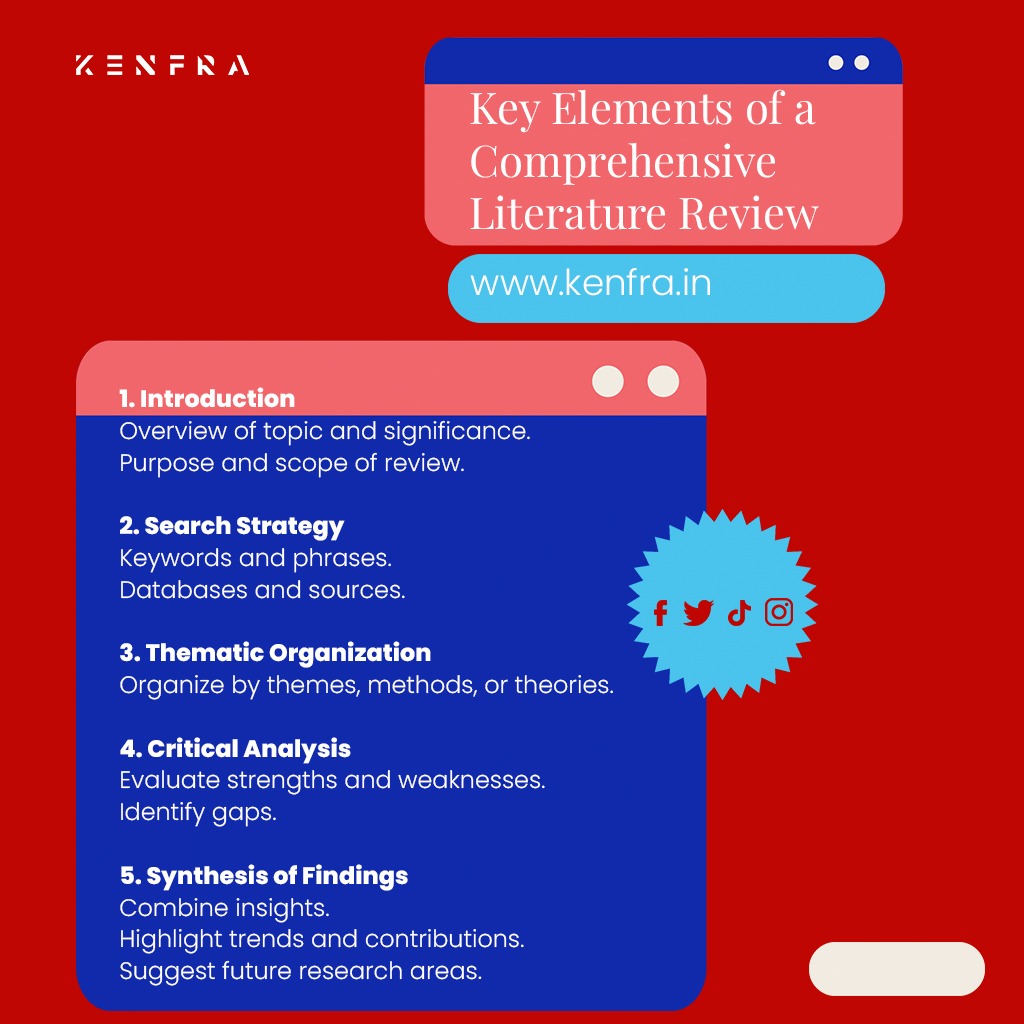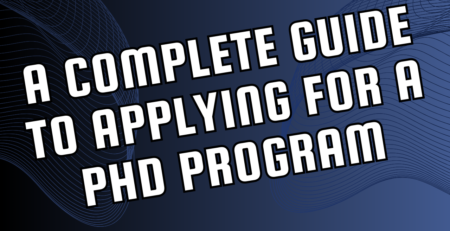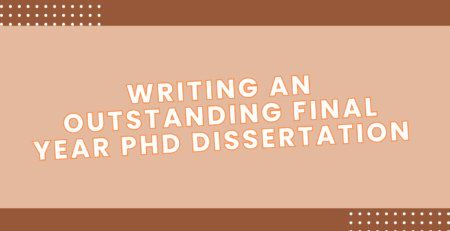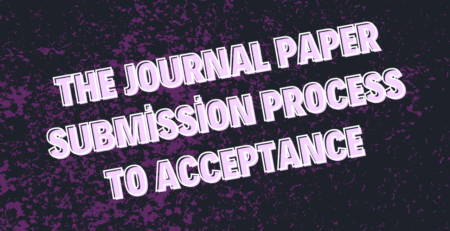How to structure a literature review
Kenfra2024-12-24T11:05:38+05:30Comprehensive guide to literature review components
When embarking on a research project, one of the critical components that sets the foundation for your work is the literature review. A well-crafted literature review not only highlights existing research in your area of interest but also identifies gaps that your study aims to fill. This blog post will outline the key elements you should include in a literature review to ensure it is comprehensive, informative, and provides a solid basis for your research.
Steps to write a literature review
The introduction of your literature review should provide an overview of the topic and explain the importance of reviewing the literature in your research area. It should address the following points:
Background Information: Briefly introduce the subject and its significance.
Purpose of the Review: Clearly state why the literature review is necessary for your study.
Scope of the Review: Define the boundaries of your review, such as the time frame and the types of sources included.
Search Strategy
Detailing your search strategy is crucial for transparency and replicability. Include:
Keywords and Phrases: List the main keywords and phrases used to search for relevant literature.
Databases and Sources: Identify the databases (e.g., PubMed, JSTOR) and other sources (e.g., books, conference papers) where you searched for literature.
Inclusion and Exclusion Criteria: Explain the criteria you used to include or exclude studies (e.g., publication date, language, relevance).
Thematic Organization
Organize the literature into themes or categories that reflect the different aspects of your research topic. This helps in presenting a structured and logical flow. Thematic organization can include:
Chronological Order: Show how the research has evolved over time.
Methodological Approaches: Group studies by the methodologies they use.
Theoretical Perspectives: Classify the literature based on different theoretical frameworks.
Critical Analysis
A literature review is not just a summary of existing research; it requires critical analysis. This involves:
Evaluating Studies: Assess the strengths and weaknesses of the studies reviewed.
Identifying Gaps: Point out inconsistencies, gaps, and areas needing further research.
Comparing and Contrasting: Compare different studies, highlighting agreements and disagreements.
Synthesis of Findings
Synthesizing the findings involves combining insights from various studies to present a coherent picture of what is known about the topic. It should include:
Patterns and Trends: Identify common patterns, trends, and themes that emerge from the literature.
Contribution to the Field: Discuss how the findings contribute to the existing body of knowledge.
Implications for Future Research: Suggest areas for future research based on the gaps and limitations identified.
Conclusion
The conclusion of your literature review should summarize the key findings and their implications for your research. It should:
Restate the Purpose: Recap the purpose of the literature review.
Summarize Key Points: Highlight the main themes and findings discussed.
Link to Research Questions: Connect the literature review back to your research questions and objectives.
References
Finally, include a comprehensive list of all the sources cited in your literature review. Ensure that the references are formatted according to the appropriate academic style (e.g., APA, MLA).
Final Thoughts
A well-executed literature review is a cornerstone of any successful research project. By including these key elements, you can create a robust and informative review that not only demonstrates your understanding of the existing literature but also sets the stage for your original research.
For more insights and detailed guides on conducting literature reviews, stay tuned to Kenfra Research.










Leave a Reply